I have made this circuit but can't quit make it work.
- Vext is my main supply from a car (9 - 14V)
- Vbat is 8 AA batteries (10 - 13V)
- Vout supplies power to a SMPS
As it is now, supply "fades" between Vext and Vbat when Vext is around the zener-voltage.
How can I make a clean cut between Vext and Vbat and a certain voltage, ie. 10V ?


